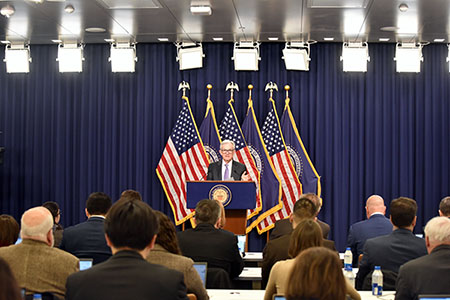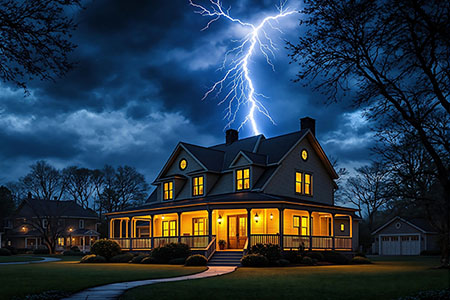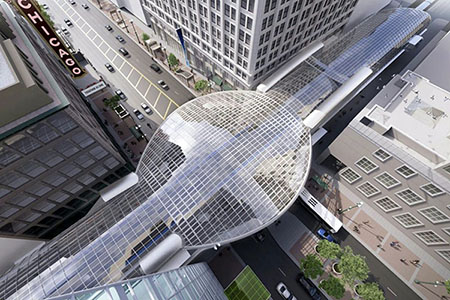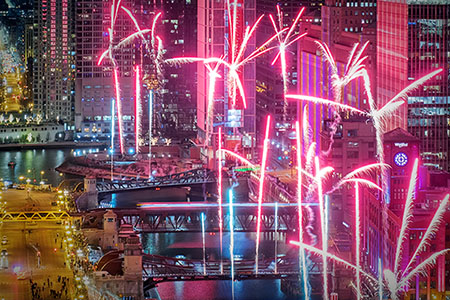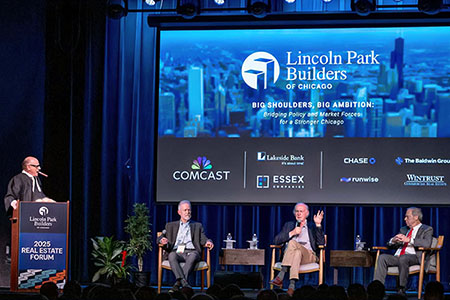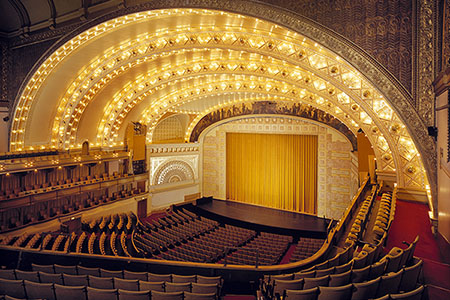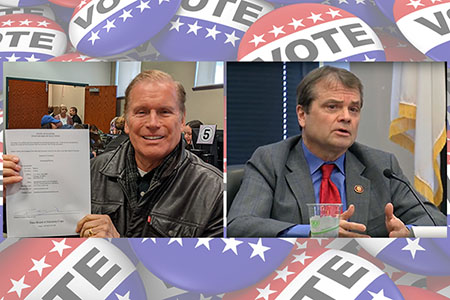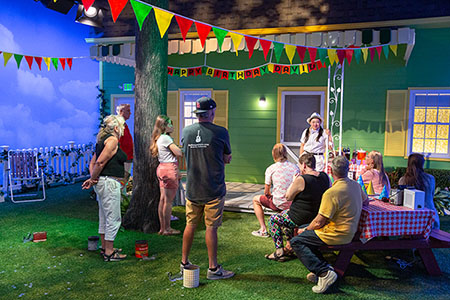
The Chicago Park District’s new master plan for Grant Park threatens to overlook the city’s rich 16-inch softball history, pushing the remaining fields into obscurity as ‘festival grounds.’
Aug. 11, 2025 – It is apparent that few, if any, 16-inch softball lovers and players were consulted by the Chicago Park District about its recently released master plan for the future of Grant Park. The new plan for “Chicago’s Front Yard” – the 319-acre Grant Park, bounded by Randolph Street to the north, Roosevelt Road to the south, Michigan Avenue to the west, and Lake Michigan to the east – essentially makes recreational softball an afterthought, especially in “The Valley,” where a dozen ball diamonds now exist and hundreds of teams played for 92 years. The dozen remaining softball fields in the Valley are listed only in the plan as “Festival Grounds” for recreation and festivals such as Lollapalooza. The new plan also calls for four existing softball diamonds on upper Hutchinson Field – on the west side of Columbus Drive south of Balbo Street – to be “removed and the space transformed into flexible festival grounds.” The Park District says it is looking to refresh the park “to ease operations, attract more visitors, and better serve the growing population of the Loop.” It has assembled a design team made up of local firms – Brush Architects, Confluence, and UrbanWorks – to craft a vision of Grant Park for the future. Future of softball threatened? Once the biggest 16-inch slow-pitch league in the Windy City, the game at Grant Park appears to be forever threatened, cast into the wind as a forgotten memory, softball devotees say. The Park District’s grandiose, new master plan could be the final spike in home plate for softball in Grant Park. Softball was invented in Chicago in 1887, and the first indoor game was played at the Farragut Boat Club at Lake Park Avenue & 31st Street, only a couple of miles from Grant Park, noted softball historian Larry Comstock, who played on the historic Chicago Sun-Times Hall of Fame team.
For decades, up to 350 corporate, industrial, and saloon teams competed in leagues at Grant Park, generally known as the hub of Windy City softball. However, downtown softball at Grant Park took a turn for the worse after 9/11. Metered parking along Columbus Drive near the fields was removed for security reasons. Players were forced to park five blocks away and walk to the fields or cab it. In recent years, festivals such as Lollapalooza and two years of NASCAR racing effectively put competitive softball on the back burner. To be fair, several Park District proposals in the framework plan for the future of Grant Park have merit, especially for tourists and green space lovers. Here are a few proposed changes that likely will be embraced: • The sinking and capping of Lake Shore Drive between Jackson and Balbo, creating new green space and a long-sought direct connection between Buckingham Fountain and the lakefront.
• Butler Field would be completely reconfigured, beginning with the removal of the existing bandshell. This change would impact two of Lollapalooza’s main stages. However, this walkway area would be divided into space for four softball/pickleball fields, in a trade-off for the diamonds lost at Hutchinson Field. • Two new pedestrian bridges at 6th Street and 8th Street would cross the Metra tracks and link to the rest of the park. The redesign would consolidate existing softball fields and add basketball courts, a playground, and a dog park. Time for Mike Royko Field? While the Grant Park planners hired by the Park District are sitting in a swank Michigan Avenue restaurant sipping French cognac, they should consider some fresh design ideas from the sooty, shot-and-a-beer world of Chicago 16-inch softball. If Mike Royko, the revered Pulitzer-winning columnist, were alive he would be like General George S. Patton fighting the “Battle for Grant Park” on behalf of the Windy City’s 100,000 softball players. So, why not launch the upgrading and transforming of Grant Park’s historic softball diamonds under a new name: “Mike Royko Fields,” in honor of Royko, a 16-inch softball advocate and promoter, and legendary Chicago Daily News and Chicago Sun-Times manager and pitcher? After his passing in 1998, Royko was inducted into the Chicago 16 Inch Softball Hall of Fame (HOF) in 2000, and the Mike Royko Memorial Softball Tournament was launched and successfully run for a decade in Grant Park.
Royko and TV sports anchor (and HOF inductee) Tim Weigel announced the historic games along with broadcaster Marty Robinson from WTTW. The tournament attracted more than 25,000 fans to a championship diamond built at the north end of Soldier Field. Thousands more watched the games on TV. In the mid-1970s, Royko also defended the historic game of bare-handed softball when he filed a lawsuit against the Chicago Park District to prevent the blasphemy of allowing the use of fielder’s gloves in 16-inch games at Grant Park. Crafty Royko won the lawsuit with the help of testimony from Bernie Neistein, an old West Side ward boss and former 16-inch player, who told the judge: “Gloves? The only time anybody on our team ever wore any kind of gloves was when they didn’t want to leave fingerprints.” During a recent seance with his medium and alter-ego, Slats Grobnik, Royko wholeheartedly approved this writer’s suggested plan for Mike Royko Field. Grant Park upgrades would improve safety, save money Here are details of the plan – supported by the HOF, veteran players, and the media. Let’s hope 42nd Ward Alderman Brendan Reilly, who oversees Grant Park, is reading: • To enhance “Chicago’s Game” and create a world-class tourist and festival attraction, a Grant Park softball diamond redesign plan should be launched. The plan would involve reconfiguring the softball diamonds into the nationally-conforming “pinwheel” backstop layouts similar to James Park in Evanston. This safety design avoids the problem of players colliding into each other while chasing the ball in the overlapping outfield, which often happens with Grant Park’s current outmoded 93-year-old layout.
• The 12 Valley diamonds could be reconfigured with removable backstops and low-maintenance, waterproof AstroTurf infields into three pinwheel setups with refreshments and restroom facilities at each hub. AstroTurf infields may require special drainage, but there would be fewer rainouts, thus avoiding conflicts with festival events planned in late July and August. Following events, workers could vacuum the AstroTurf infields. There would be no need for repeated installation of new sod, saving thousands of dollars. • Nose-in metered parking should be reinstated along both sides of Columbus Drive between Roosevelt Road and Balbo Drive. All money collected from the parking should be earmarked for a special fund to support improvements and maintenance of Grant Park’s softball fields. • An existing statue, commemorating the birth of softball in Chicago in 1887, should be taken out of mothball storage at the Chicago Monuments Project warehouse and rededicated overlooking the Grant Park Valley. For a good read on the history of softball in Chicago, buy a copy of The Greatest Game on Dirt (2021) by HOF founder Al Maag. More info: Chicago 16 Inch Softball Hall of Fame |








